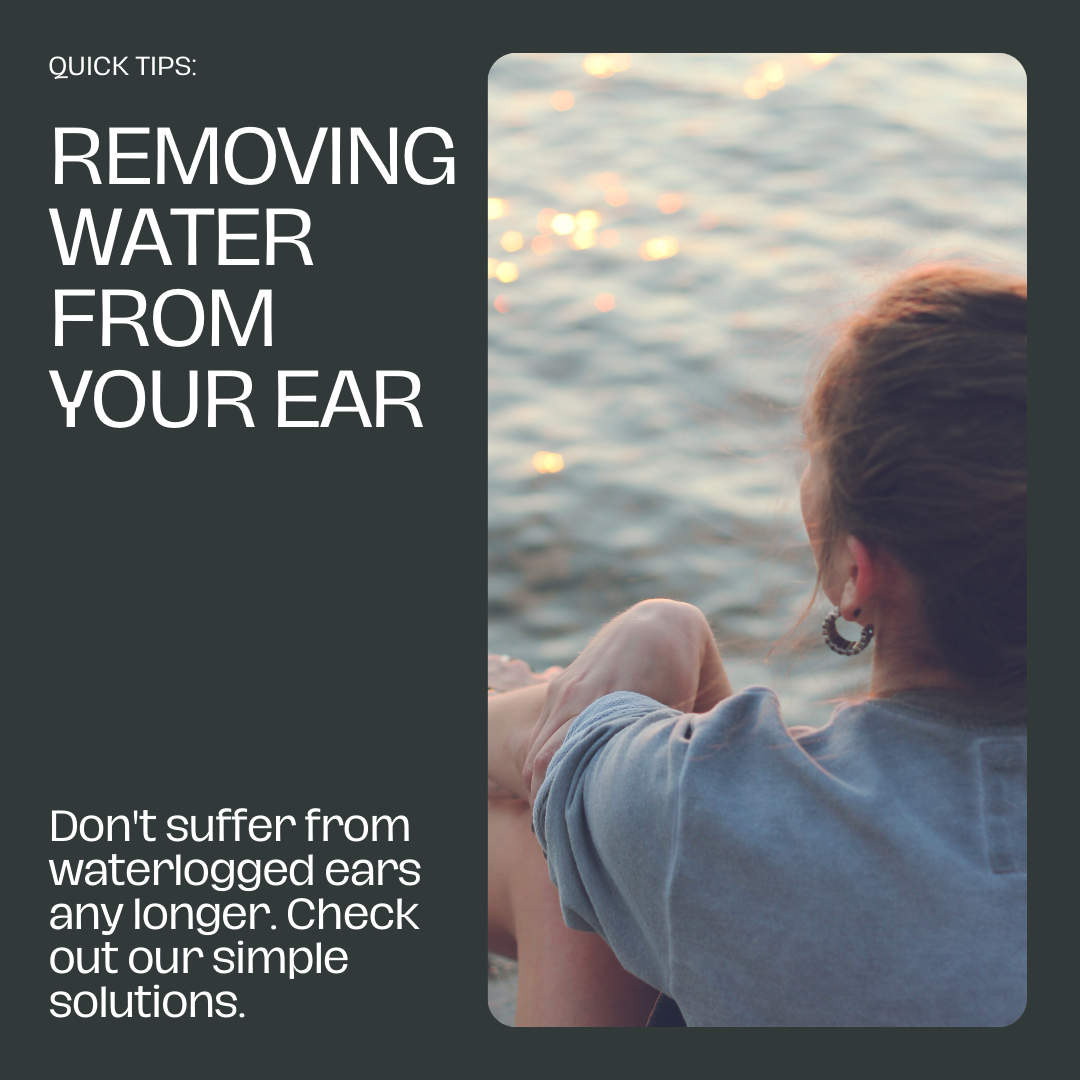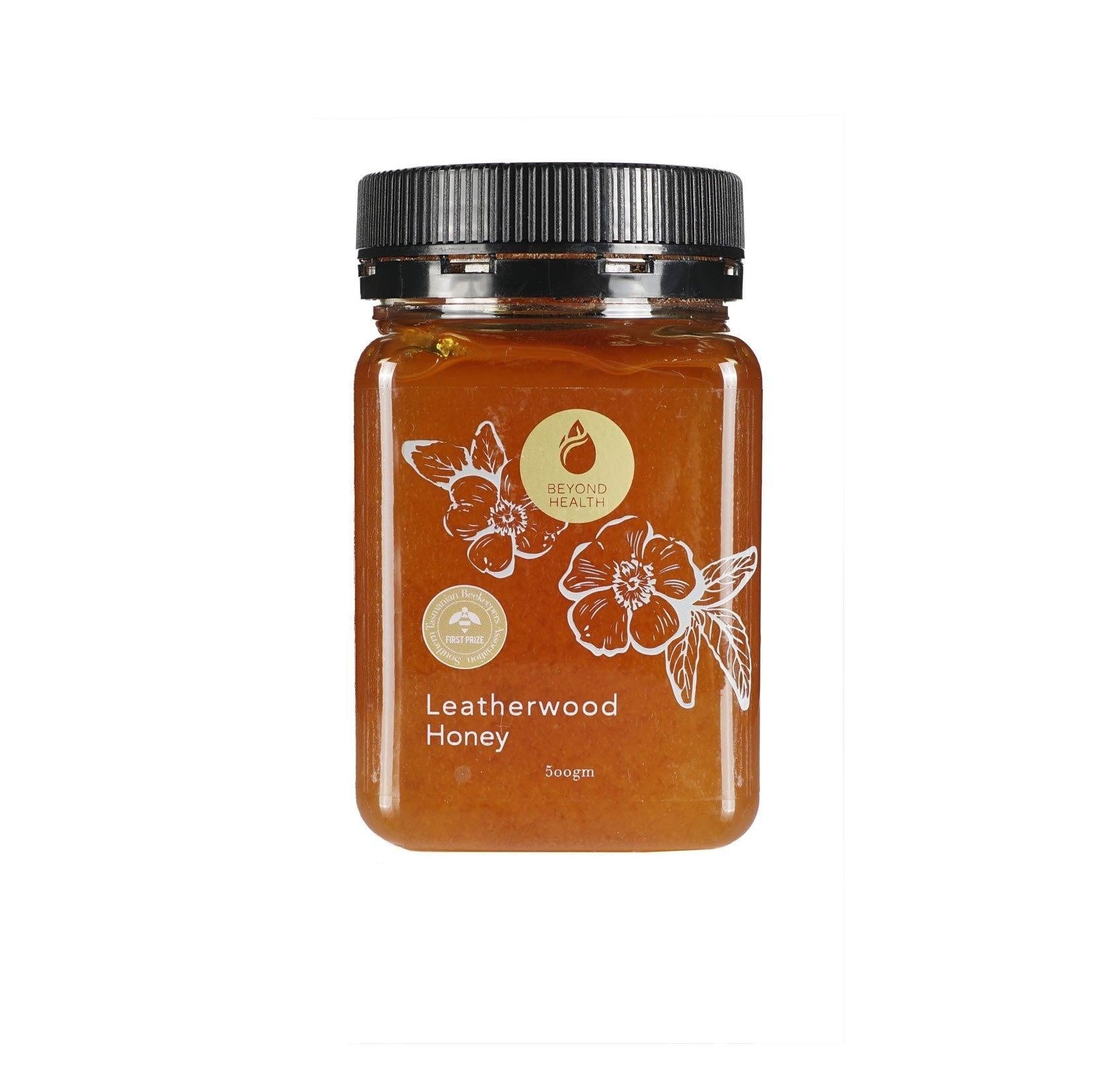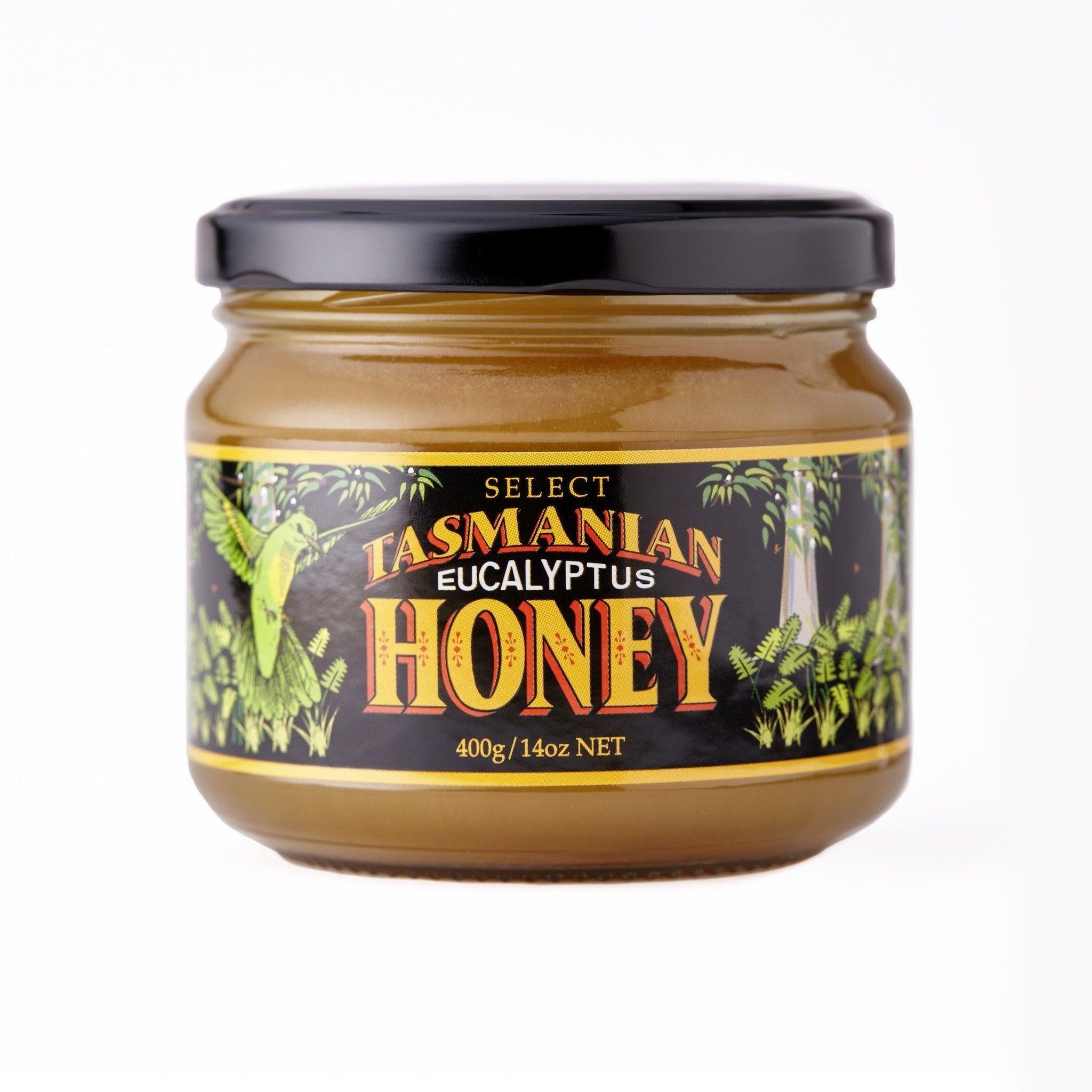Your shopping bag is empty
How to Get Water Out of Your Ear
- Posted by: Enquiry Admin
- Comments: 0
- Categories: Health
- Tags:
Dealing with water trapped in your ear can be incredibly frustrating. Whether it's from swimming laps at the pool or simply taking a relaxing bath, that uncomfortable sensation of water lodged in your ear canal can linger. This can cause discomfort and even temporary hearing impairment. Moreover, if not addressed properly, it can potentially lead to more severe issues such as infections. In this comprehensive guide, we'll explore effective methods for safely removing water from your ear. We will also look into practical strategies for preventing it from happening in the first place.
Dos of Getting Water Out of Your Ear
When faced with the annoyance of water stuck in your ear, it's crucial to employ safe and effective techniques for removal. Here are some recommended methods:
-
The Gravity Technique: This simple yet effective method relies on the force of gravity to help dislodge trapped water. Begin by tilting your head to the side, with the affected ear facing downward. Gently tug on the earlobe and hop on one foot to encourage the water to drain out naturally.
-
The Valsalva Maneuver: Another technique worth trying is the Valsalva maneuver. This involves gently blowing air out of your nose while pinching your nostrils closed and keeping your mouth shut. This action can help equalize pressure in your ears and facilitate the expulsion of trapped water.
-
Warm Compress: Applying a warm compress to the affected ear can help loosen any trapped water and promote drainage. Soak a clean washcloth in warm water and wring out the excess moisture. Next. hold it against the ear for several minutes. Be cautious to ensure the compress is not too hot, as it could cause burns.
-
Over-the-Counter Drops: There are several over-the-counter ear drops available that are specifically formulated to aid in the removal of excess water from the ear canal. These drops often contain a mixture of alcohol and vinegar, which helps to break down earwax and facilitate drainage. Follow the instructions provided on the product packaging for safe and effective use.
DIY Method
-
DIY Alcohol and Vinegar Solution: For those who prefer a homemade remedy, you can create your own alcohol and vinegar solution. They can in fact help to dry out your ears. First, mix equal parts of rubbing alcohol and white vinegar. Next use a dropper to apply a few drops to the affected ear. Finally, allow the solution to sit for a few seconds before tilting your head to drain the excess liquid.
Seek Medical Attention
-
Seek Medical Attention if Necessary: If the above methods prove ineffective or if you experience pain, swelling, or discharge from the ear, seek medical attention promptly. A healthcare professional can safely examine your ear and recommend appropriate treatment. This may include irrigation or the use of specialized tools to remove the trapped water.
Don'ts of Getting Water Out of Your Ear
It's essential to take action to remove trapped water from your ear. However, there are certain methods you should avoid, as they may cause further harm or complications:
-
Avoid Using Cotton Swabs: Despite their common use, cotton swabs (or Q-tips) should never be inserted into the ear canal. Not only can they push the water further into the ear, but they also risk damaging the delicate structures of the ear. This will increase the likelihood of infection.
-
Don't Shake Your Head Vigorously: It may be tempting to shake your head vigorously in an attempt to dislodge the trapped water. However, this can actually exacerbate the situation by pushing the water deeper into the ear canal. Instead, opt for gentle tilting and hopping movements to encourage drainage.
-
Steer Clear of Ear Candling: Ear candling is a practice that involves placing a hollow candle in the ear and lighting it to create suction. However, it is not recommended for removing water or earwax. There is there a lack of scientific evidence to support its effectiveness. Also, it can also cause burns, perforate the eardrum, or introduce wax and debris further into the ear canal.
-
Avoid Inserting Objects Into Your Ear: Inserting objects such as bobby pins, toothpicks, or matchsticks into your ear canal should be avoided at all costs. These objects push the water further into the ear. Also, they pose a risk of injury and infection.
-
Don't Use Excessive Force: When attempting to remove water from your ear, it's essential to avoid using excessive force or pressure. Aggressive manipulation of the ear can cause damage to the delicate structures inside and increase the risk of complications.
How to Prevent Water From Getting Into Your Ear
It may not always be possible to prevent water from entering your ears, especially during activities such as swimming or showering. However, there are steps you can take to minimize the risk:
-
Use Earplugs or Swim Caps: If you frequently engage in water-related activities, such as swimming or surfing, consider wearing earplugs or a swim cap. This will help to create a barrier between your ears and the water. Silicone earplugs are particularly effective at sealing out water and can be easily molded to fit your ears.
-
Dry Your Ears Thoroughly: After swimming or showering, be sure to dry your ears thoroughly using a clean, dry towel or a hairdryer on a low setting. Tilt your head to the side and gently tug on the earlobe to help remove any excess water.
-
Avoid Submerging Your Head: If you're prone to ear infections or have a history of ear problems, try to avoid submerging your head underwater whenever possible. Instead, opt for activities that keep your head above water or use a waterproof ear covering to protect your ears.
-
Consider Custom Ear Molds: If you frequently experience water-related ear issues, such as swimmer's ear, you may benefit from custom-fitted ear molds. They are designed to fit snugly in your ears and provide a watertight seal. This helps in reducing the risk of water entry and associated complications.
Manage Your Stress
-
Stay Mindful of Stress Levels: Interestingly, stress can also impact how water accumulates in your ears. Stress related diseases and conditions can affect the body's ability to regulate fluid. This potentially leads to increased water retention in various parts of the body, including the ears. Practicing stress-reduction techniques such as mindfulness, meditation, or yoga. This is because they can help mitigate these effects and promote overall well-being.
Conclusion
In conclusion, while dealing with water trapped in your ear can be a bothersome experience, it's crucial to address the issue promptly and safely to prevent further complications. Follow the dos and don'ts outlined in this guide and take preventive measures to minimize the risk of water entry. With that, you can help keep your ears healthy and free from discomfort. If you still have problems or have concerns about your ear health, don't hesitate to seek guidance from a healthcare professional.






